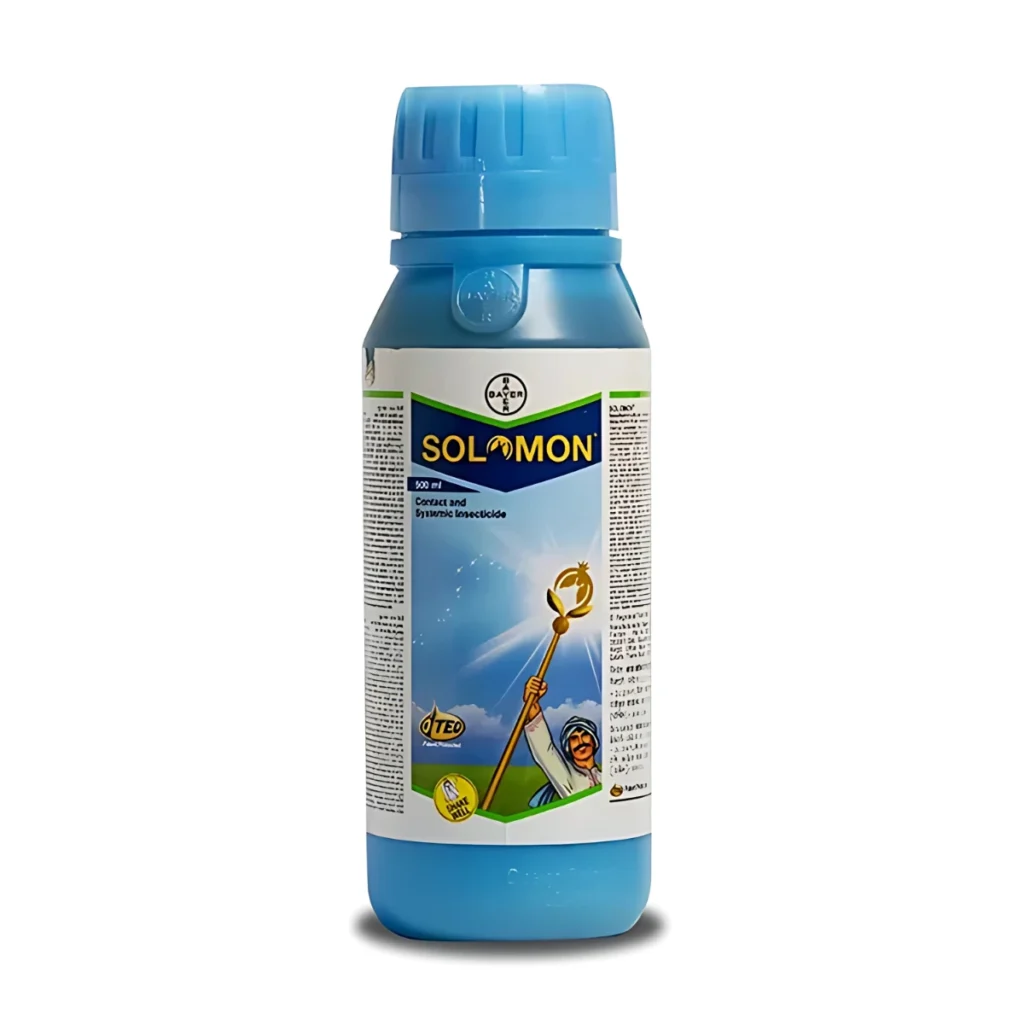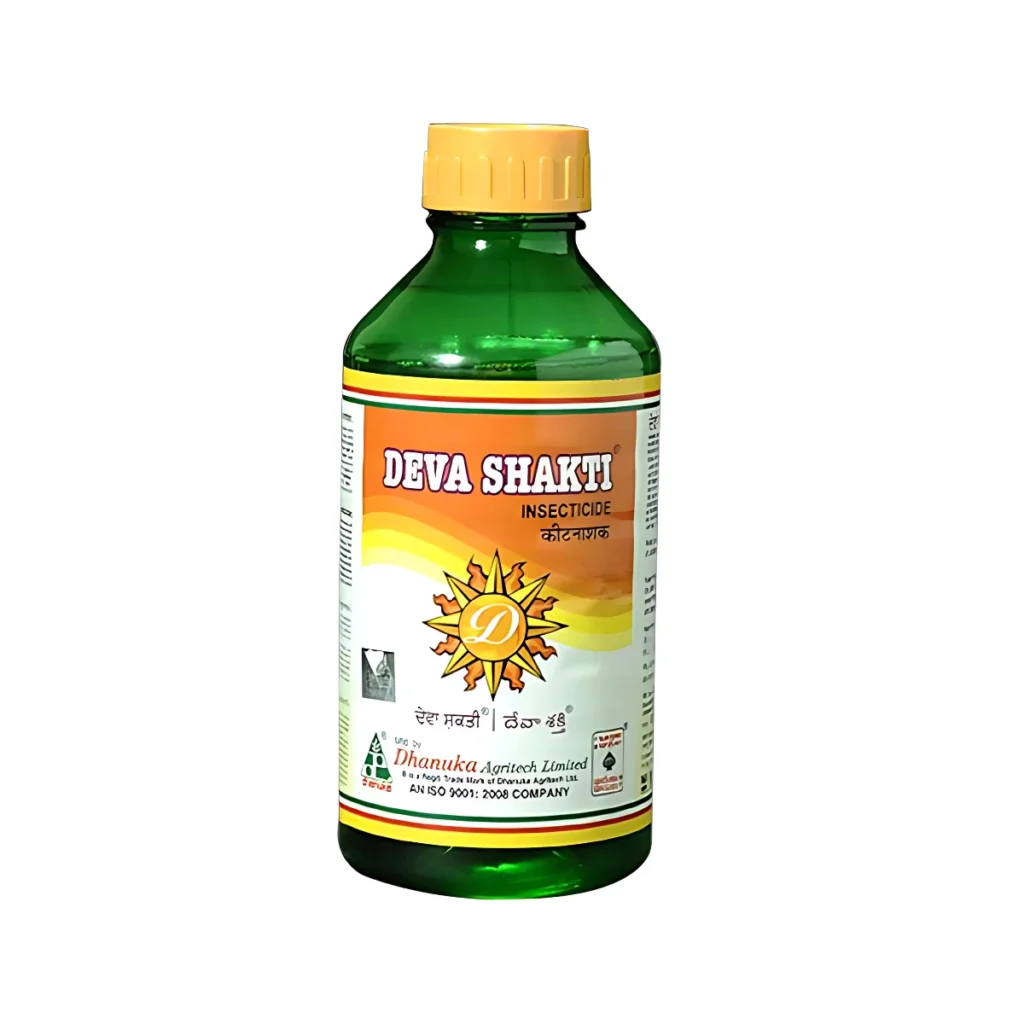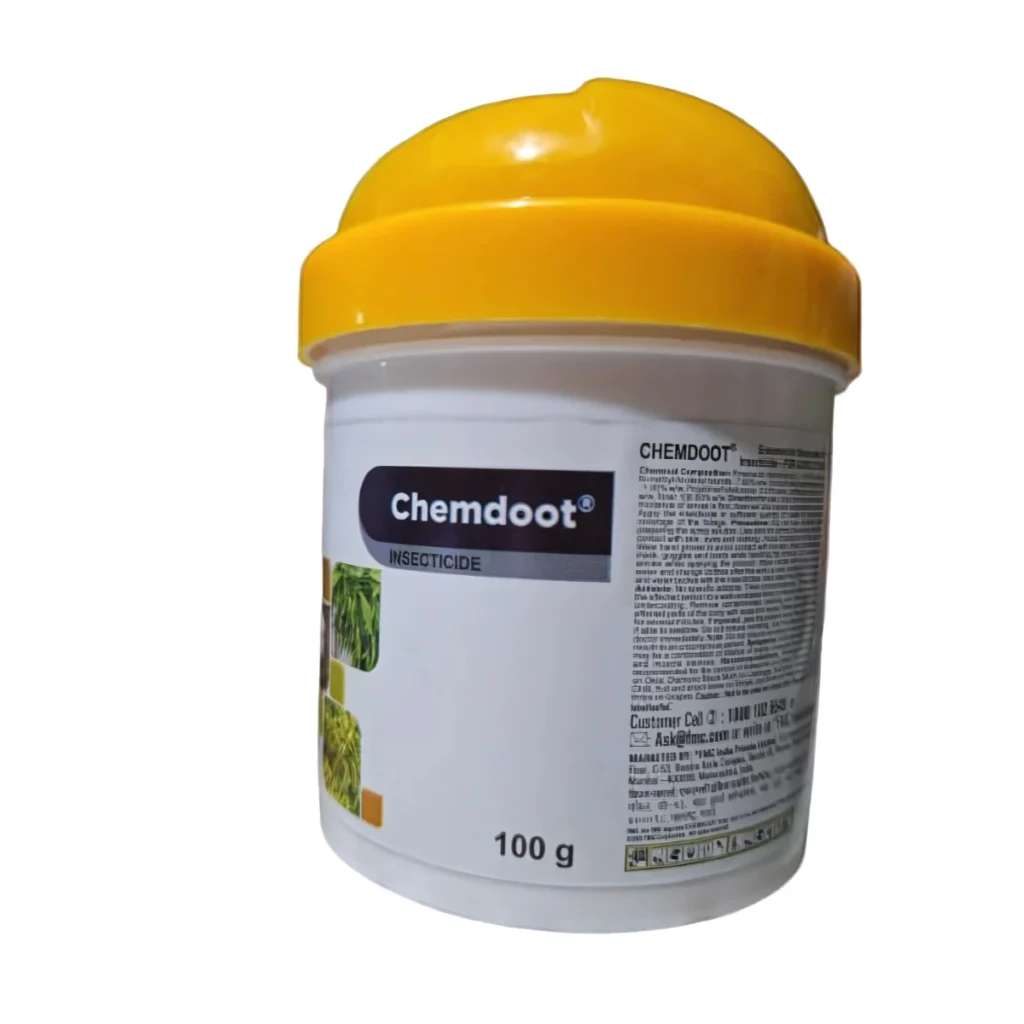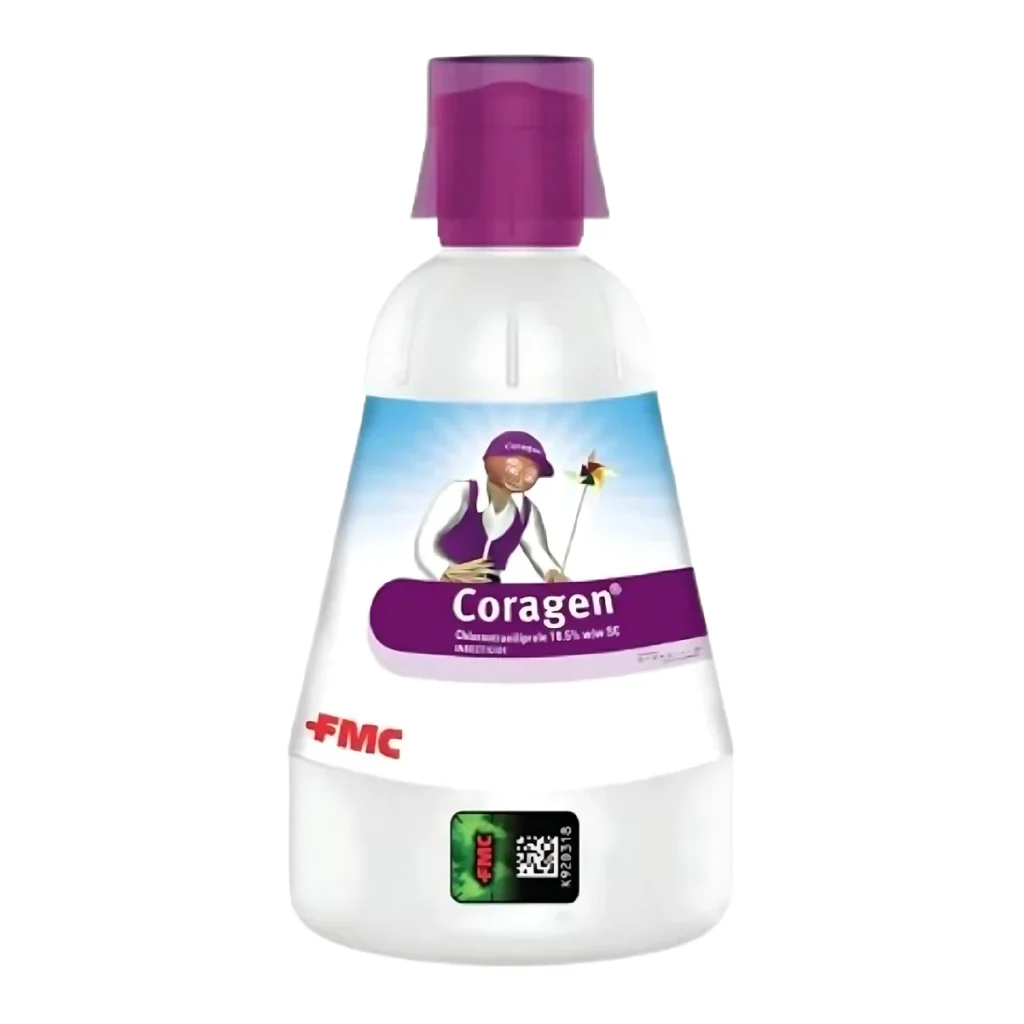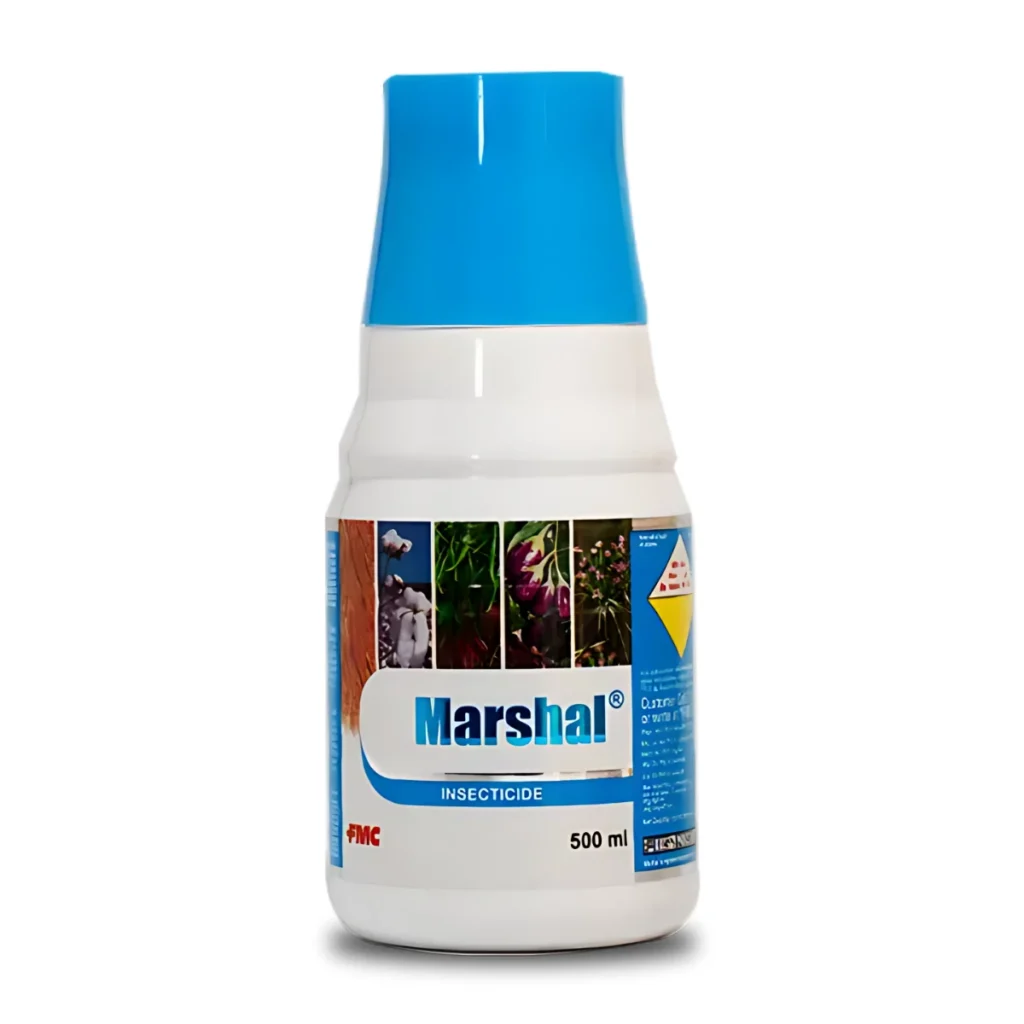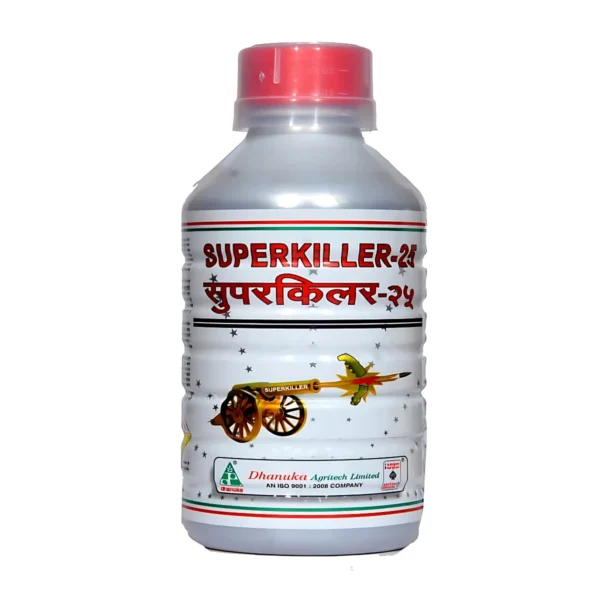Dhanuka Superkiller 25
Superkiller 25 is an emulsifiable concentrate formulation containing the synthetic pyrethroid insecticide Cypermethrin. It is widely used for the control of a variety of pests in agricultural, horticultural, and public health settings. The high concentration ensures effective pest management with targeted applications.
Dhanuka Superkiller 25 – Advanced Pest Control with Cypermethrin 25% EC
Dhanuka Superkiller 25 is a broad-spectrum pyrethroid insecticide containing Cypermethrin 25% EC, formulated for rapid knockdown and residual control of a wide range of chewing and sucking insect pests. It is highly effective against bollworms, borers, caterpillars, and other damaging pests across multiple crops.
This contact and stomach insecticide disrupts the nervous system of insects, leading to paralysis and death, ensuring effective pest control with long-lasting protection.
Mode of Action – How Does Dhanuka Superkiller 25 Work?
Cypermethrin 25% EC – Nerve Disruptor & Contact Insecticide
Acts on sodium ion channels, causing hyperexcitation of the insect nervous system.
Leads to rapid knockdown, paralysis, and death of the target pests.
Provides residual activity, ensuring long-lasting protection.
Works both through contact and ingestion, effectively managing pest populations.
Dhanuka Superkiller 25 is ideal for controlling resistant pest populations and reducing economic losses.
Target Crops & Recommended Dosage
| Crop | Target Pests | Dosage per Acre | Dilution in Water |
|---|---|---|---|
| Cotton | Bollworms, Aphids, Jassids, Whitefly | 200-250 ml | 200 L |
| Paddy | Stem Borer, Leaf Folder | 200-250 ml | 200 L |
| Brinjal | Shoot & Fruit Borer | 200-250 ml | 200 L |
| Chilli | Thrips, Fruit Borer, Aphids | 200-250 ml | 200 L |
| Tomato | Fruit Borer, Leaf Miner | 200-250 ml | 200 L |
| Okra | Fruit Borer, Spotted Bollworm | 200-250 ml | 200 L |
| Cabbage | Diamond Back Moth, Caterpillars | 200-250 ml | 200 L |
Apply Dhanuka Superkiller 25 during early infestation stages for maximum effectiveness.
How to Apply Dhanuka Superkiller 25?
Step 1: Preparation & Mixing
Measure the recommended dose based on crop & pest severity.
Dilute in clean water, ensuring thorough mixing for uniform application.
Step 2: Application Guidelines
Use high-quality spraying equipment for even foliar application.
Ensure complete coverage of plant foliage & pest-prone areas.
Apply early in the morning or late in the evening for better absorption.
Step 3: Post-Application Care
Monitor pest activity post-application to assess effectiveness.
Reapply based on pest pressure & infestation level.
Clean spraying equipment thoroughly after use.
Why Choose Dhanuka Superkiller 25?
1. Fast-Acting & Long-Lasting Protection
Immediate paralysis and knockdown of pests, preventing crop damage.
2. Strong Contact & Stomach Action
Effectively targets pests on direct contact and ingestion.
3. Ideal for Integrated Pest Management (IPM)
Compatible with resistance management programs & tank-mixing strategies.
Safety Precautions for Dhanuka Superkiller 25
Wear Protective Gear – Use gloves, masks & protective clothing when handling.
Avoid Drift – Do not spray near water bodies & pollinator-rich areas.
Storage – Keep in a cool, dry place, away from moisture & direct sunlight.
Follow Application Guidelines – Use correct dosages to avoid phytotoxicity.
Key Features & Benefits
Powerful Knockdown Effect – Provides instant pest control.
Broad-Spectrum Activity – Targets a wide range of insect pests.
Residual Protection – Ensures long-term effectiveness.
Minimal Impact on Beneficial Insects – Safe for IPM programs.
Enhances Crop Health & Yield – Protects against economic losses due to pest damage.
Final Thoughts on Dhanuka Superkiller 25
Dhanuka Superkiller 25 (Cypermethrin 25% EC) is a highly effective pyrethroid insecticide for managing major crop pests. With its fast-acting, contact, and stomach poisoning properties, it provides comprehensive pest control, ensuring better yield and crop quality.
For best results, follow label recommendations and apply Dhanuka Superkiller 25 at the first signs of infestation.









